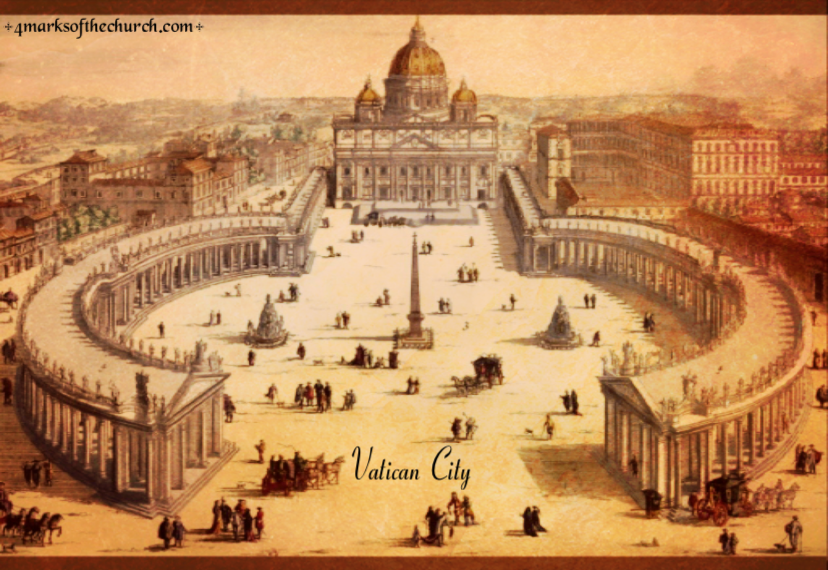
Church History
The timeline of the early Christian Church can be divided into several eras. These eras reflect the developmental steps taken by the early Church and reflect the thought and theology of their time periods. They also illustrate the development and growing understanding of the Church’s dogmas and doctrines.
- The Apostolic Era, that time period in which Christ’s Apostles were still actively teaching and writing, is of special significance. It was during this time period that the books that would eventually comprise the New Testament were written, as well as other important early Christian writings such as The Didache, The Epistle of Barnabas, and the First Letter of Clement.
- The Ante-Nicene Era, which is the era that immediately followed the Apostolic Era, lasted until the First Council of Nicaea in 325 A.D. During this era, a more formal Church structure developed with more defined roles between deacon, priest, and bishop. This period also witnessed the birth of variant Christian doctrines that orthodox Christians, such as Irenaeus of Lyons, referred to as heresies. As Christianity grew apart from Judaism and these variant Christian groups continued to spring up, orthodox Christianity began to rely more and more on the Church Magisterium to define the proper doctrines of the Christian faith as they had been handed down by Apostolic Tradition. As the Church continued to spread, the role of the Bishop of Rome also became more prominent in order to maintain a universality in practice and unity throughout the Church. This period also oversaw what would become the beginnings of the development of a New Testament canon. At this early stage, however, there would still be widespread disagreement on what comprised Scripture and multiple lists would be put forth from various traditions.
- The Nicene Era would see another development in how the Church would operate and determine doctrine in the face of the growing influence of heretical teachings. With the legalization of Christianity, Christians were now free to openly practice their faith, which led to a more public forum for both orthodox and unorthodox thoughts to be presented. In order to maintain unity within a Church which was now spread throughout the known world, it was necessary for Bishops from around the world to gather together and discern true Apostolic teachings. They did this by defining the teachings universally agreed upon by the attending Bishops as opposed to any novel ideas that were put forth by dissenting individuals from a single corner of the world. This gathering of Bishops, known as the Council of Nicaea, became the first of what would be called Ecumenical Councils. Another important development of this era was the first definitive list, or canon, of the New Testament was decided upon at the Council of Rome in 382, Council of Carthage in 393, and the Synod of Hippo in 397.
- The Post-Nicene Era is the time period immediately following the Nicene Era and would last until the end of the 8th century. After the fall of Rome, the bishops of Rome -the popes- were forced to adapt to drastically changing circumstances as the Church was the only source of structure and organization left within the Western Empire. Christian theology, however, flourished during this period with great Christian theologians such as Augustine of Hippo, Saint Jerome, Pope Leo the Great, Pope Gregory the Great, and John of Damascus. This period would come to a close with the beginning of the High Middle Ages.